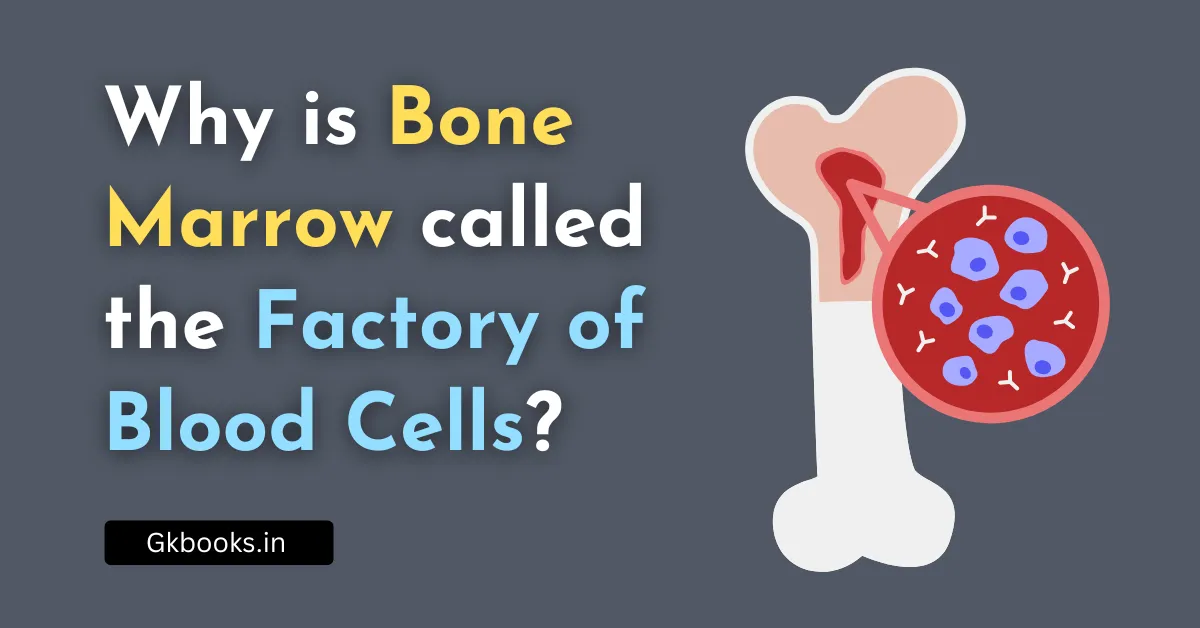Why is Endoplasmic Reticulum Is Called the “Transport System” of the Cell?
Understanding biology doesn’t have to be tough—especially when it comes to understanding how things move inside a cell. Just like how roads and railways help transport goods across cities, the Endoplasmic Reticulum (ER) helps transport important materials inside the cell. That’s why it is often called the “Transport System” of the cell. This article will … Read more









